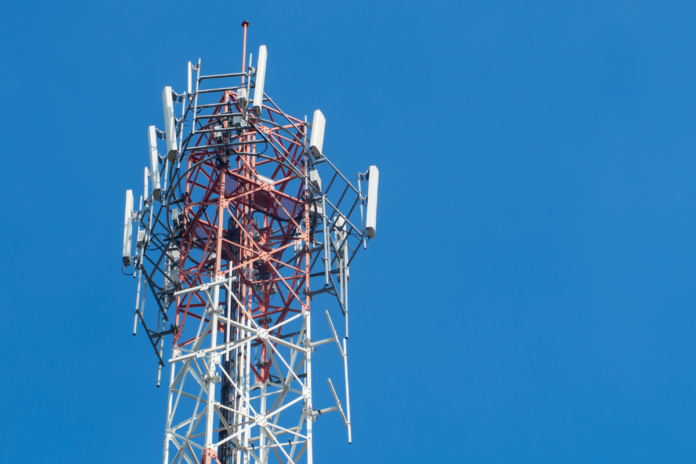The old standard of 3G is finally past its heyday, seeing its final steps with the United States. As of December 2022, the only carrier still supporting the standard was Verizon, which is now turning off all remaining 3G supports and removing its infrastructure. It’s a sad day for an old and obsolete friend, but this advancement also demonstrates how far mobile systems have come in just a few short years.
Old but Capable
3G’s decline marks an interesting point for mobile systems because the technology still isn’t useless, it’s just slow. This makes it unviable in the most demanding use case, but there is still a huge range of websites and systems that can work without issue with 3G connection speeds.
Perhaps the best illustration of this idea comes from the landscape of online casinos, as demonstrated by games like Slingo at Paddy Power. The Slingo titles here like Slingo Riches and Book of Slingo are small enough that they can load just fine on 3G, and the same can be said for the general website. Indirectly, the low processing demands of these games also make them great fits for older mobile devices, which happen to be the ones built on 3G connectivity.
While 3G can work perfectly in these scenarios, however, it’s also usurped in every category by what 4G can accomplish. 4G has faster downloads and uploads, it’s got a wider reach off connection towers, and it’s capable of supporting more devices simultaneously. Essentially, 3G has become a stopgap solution, where its eventual death is all but guaranteed.
International Longevity
Despite obsolescence in demanding modern applications, there are places where the death of 3G could come much slower. According to Light Reading, China Telecom is aiming to close down its 3G and even older 2G by 2025. Whether or not it accomplishes this task is still up in the air. The removal of old 3G in other countries can be even more delayed.
Waiting to install new towers is usually a matter of geographical concerns and cost. If a tower was extremely difficult to place in a remote location, especially if danger is involved, then an upgrade might not be deemed especially important. Similarly, if a government has financing issues or is going through rapid political changes then it might not have the will to focus on mobile technology right now.
Implications for 4G and 5G
Though 3G is expected to die out this decade thanks to improvements in more modern generations, 4G is not expected to follow this route now that 5G has arrived. As noted by Verizon, 5G can only reach about 1,500 feet without any obstructions. 4G, on the other hand, reaches around 10 miles. Though 5G is great for outdoor locations with many users, its poor range and penetration mean it will serve as a companion for 4G, rather than as a total replacement.
As for what comes in the 2030s and beyond, the depends on what happens to data costs. As it now stands, 5G speeds are more than the vast majority of users leverage, where even good-quality 4G can accomplish download and viewing demands without issue. Unlike with 3G, 4G and 5G indicate a point where our grasp finally matches our reach, and it could be a few years until we again up the bar on what amount of data we need on the go.










